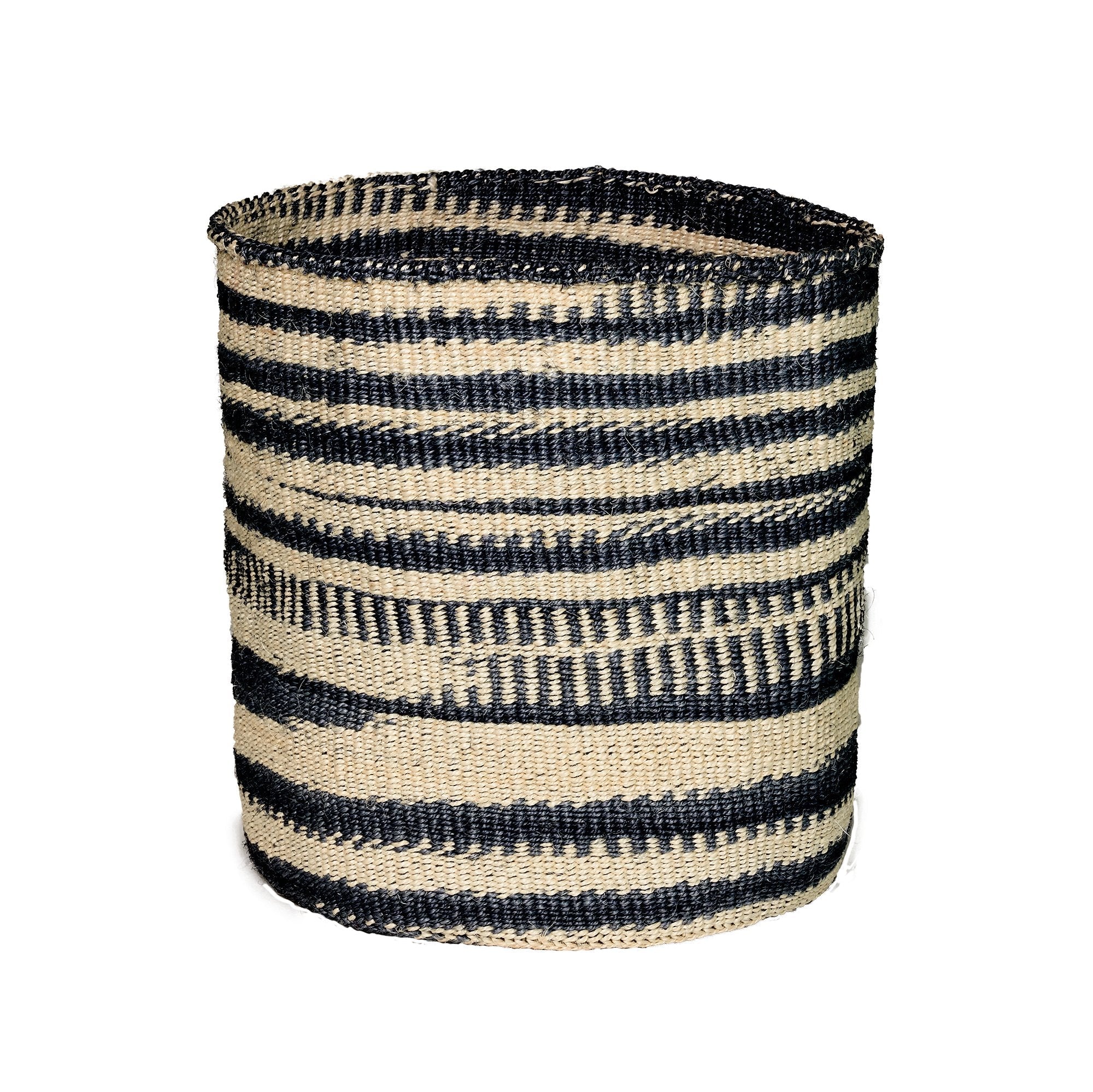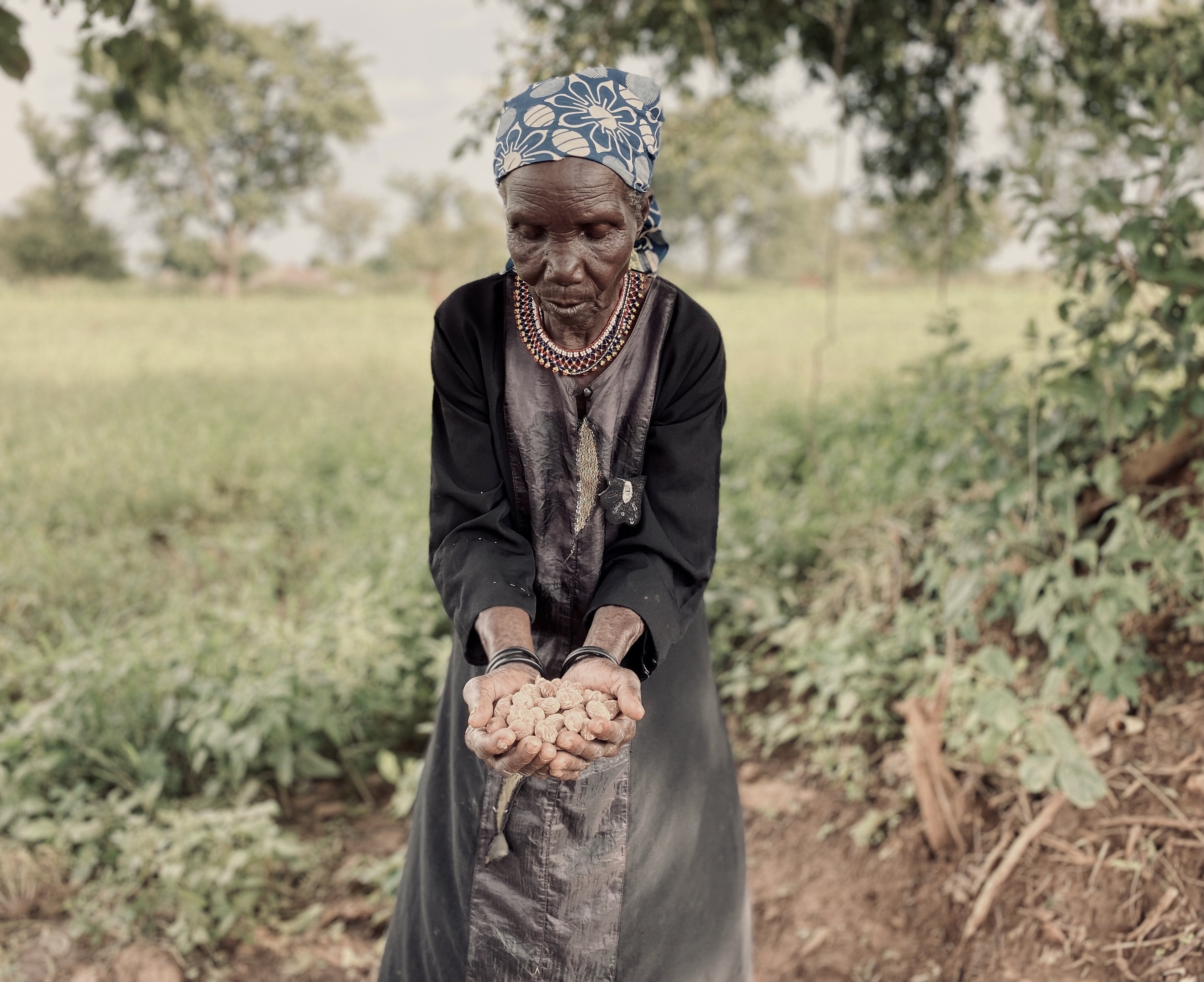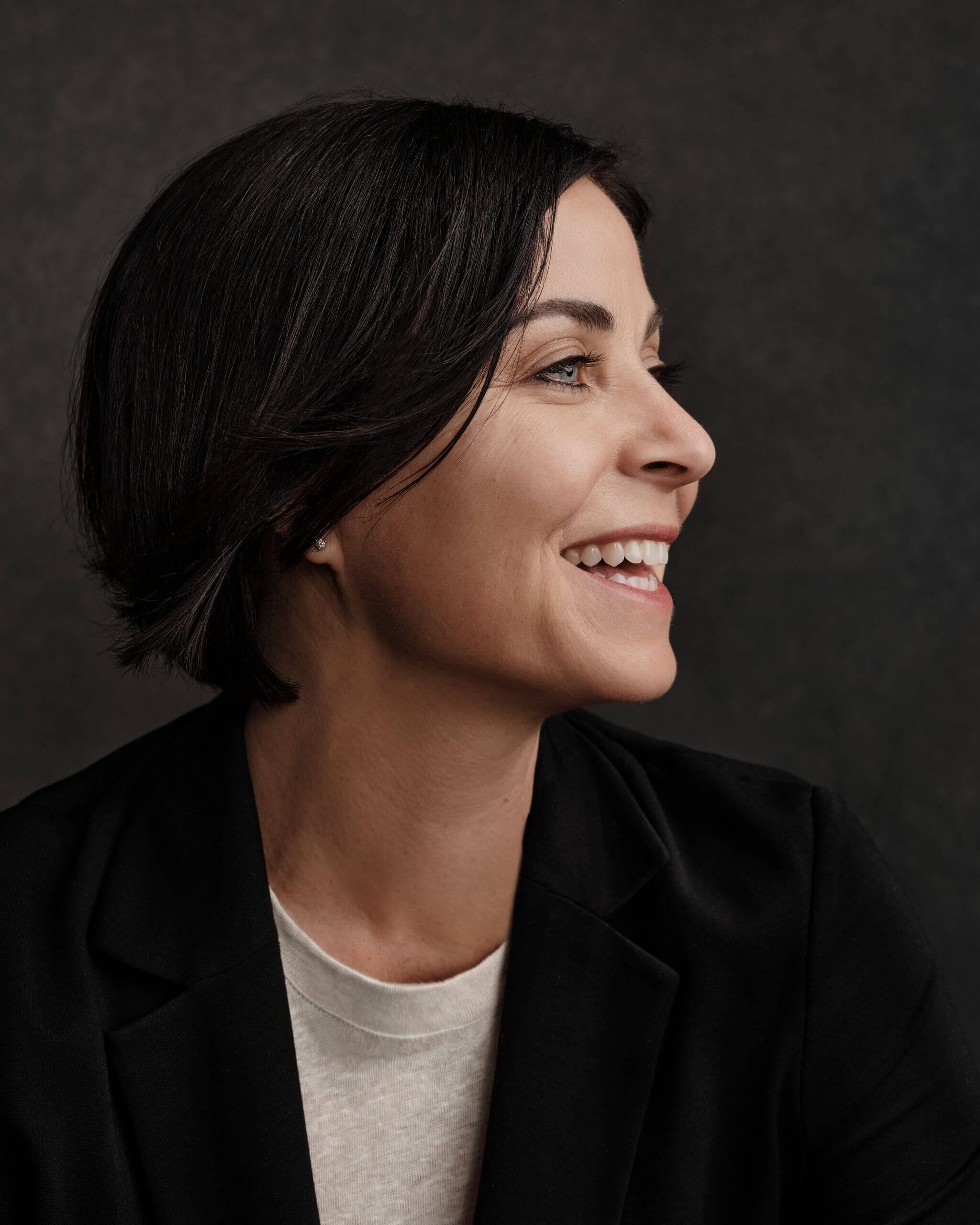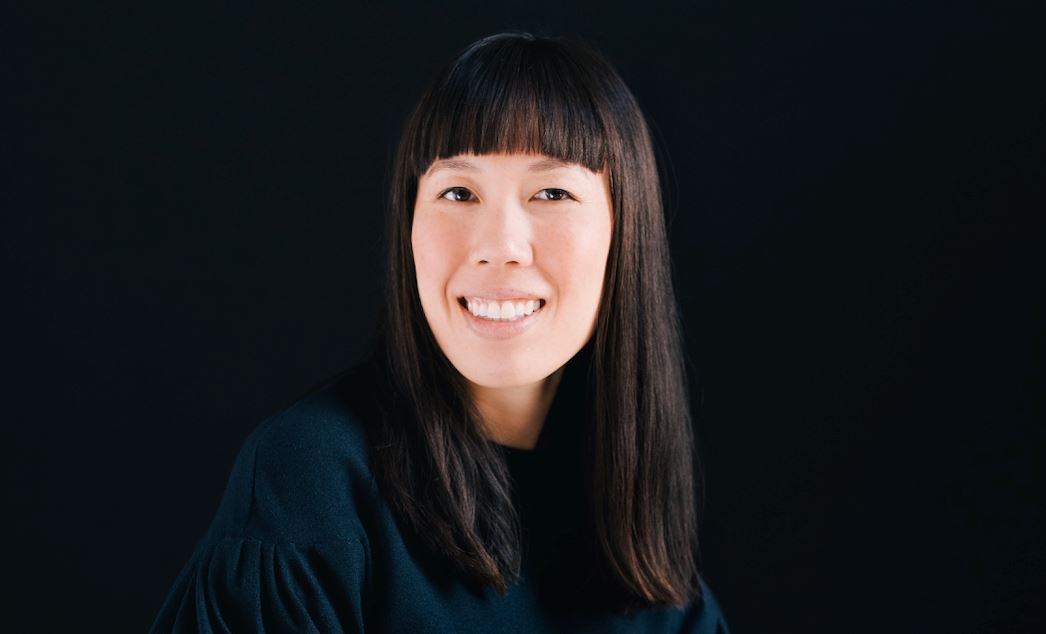African Baskets: Weaving Stories of Women

African Baskets go back, way back, even pre-dating pottery. Archeologists discovered ‘imprints’ of African baskets in Gambol's Cave, Kenya dating back some 10,000 years – the actual natural materials having long been returned to the earth. For that reason – the impermanent nature of the material – we may never know the exact date when the first basket was woven.
For reference, agriculture was just beginning during this period (the Neolithic era), and we homo sapiens were hunters and gatherers. So, the basket was a natural – we needed something to gather our nuts and berries in, and then it evolved to carry the food we grew from the fields to our tables. And basketry has been evolving with us ever since.

THE BASICS OF BASKETRY
The basic process involves weaving strands of fibres over and under each other to create the basket. Different techniques are used, such as coiling, plaiting, and twining. It all depends on the region, the locally available materials, and the way it has always been done. Basketry is a skill that is passed down from generation to generation, from mother to daughter. Women are the future of this industry in Africa, by the way, but we'll get back to that.
The women gather the materials in season – palm and banana leaves and sisal fibres, among others. Many types of grasses and leaves can be used. And these are sustainable sources. Every season, the raw material grows again. And by the seasons, the women weave their baskets. When the material is ready, they harvest what they need and dry it. It’s the natural cycle and the respect for nature, the respect for heritage and ancestry, that gives these baskets their depth.

AFRICAN BASKETS ARE COMPLEX
It would be extremely difficult to dive into all the types of African baskets that are available. Weaving and dyeing techniques, as well as materials, vary widely across the continent and even across most of the countries in Africa.
In Kenya, for example, baskets from the Kitui region east of Nairobi are often made from sisal in solid or in stripes that are created with natural dyes. The sisal fibre is harvested from the center of an agave plant that is native to the area. It is rolled into twine, then woven into a basket.
Just next door, in Kasese in Southern Uganda, their traditional technique involves a geometrical design using a coiled weaving technique, working with palm and banana leaves. And again, the dye is natural, making use of indigenous plants and flowers.











18" Sisal Basket | Stripes









18" Sisal Basket | Melange
You can see the difference in the design and the technique of the two proximate regions and we have not begun to scratch the surface (people make careers out of studying African baskets).
In neighbouring Rwanda, not that far from Kasese, the baskets are bright and conical and smooth, and the materials run to grasses and reeds. Other regions in Africa work in materials as varied as seagrass to raffia, papyrus, and cane. And colours range from muted and reserved to a kaleidoscope of primary hues with designs as diverse as the materials. The sizes range from larger than a person to a small treasure box. African baskets are made of many shapes, many designs, and many ancestors.

THE FUTURE OF AFRICAN BASKETS
Many ethical organizations, including Obakki, are working with African basket weavers to assist them in developing their businesses in a sustainable fashion. The demand for African baskets started on an uptick in the 1970s but the craft has enjoyed a huge spike in popularity again in the past decade. This is driven, in part, by the remarkable women in Africa who have been forming co-operatives to market their products to global markets. They share marketing costs and ideas, they share workspace and materials, they share issues, and they support each other.
These women are incredible, and it is their drive and commitment that is the future of African baskets. First, they learn their craft by spending hours upon hours as children, watching their mothers and grandmothers weave the baskets. As their mothers’ mothers and grandmothers did. There are layers of stories and layers of love woven into these baskets.

But make no mistake, these women have many family and community responsibilities and most live in rural areas where they may have to walk for hours to get water for their farms. They are the farmers, the water collectors, the mothers. And they are basket weavers and businesswomen, teachers, and care providers – all in challenging conditions.
The sale of African baskets allows these women to send their children to school and improve the living conditions in their communities. It’s a sustainable, closed-circle craft – the materials come from the earth and go back to the earth. They are helping the environment and their communities by using ancestral skills. And that’s important work.

TRANSPARENCY AND AUTHENTICITY
Do be careful that you are getting a real, hand-crafted African basket. Purchase from organizations and companies that engage in fair trade and transparency. You should know where your basket comes from and who made it. And you should be confident that the artisans are compensated fairly before you reach for your wallet.
When you look at your basket, think of the thousands of years of knowledge, of trials and error, of family connections, that have been woven into the strands. With intention. With skill. With feeling. No matter which shape, which colour palette, which pattern – your basket is something that is personal. Small wonder that 10,000 years later, we’re still using them to collect our food and bring it home.










18" Sisal Basket | Stripes









18" Sisal Basket | Melange





18" Sisal Basket | Black









18" Sisal Basket | Swirl
Related Posts
The Problem With Palm Oil
Palm oil production is wiping out ancient forests, endangering wildlife and destroying communities, discover why Obakki’s natural soap collection is palm oil free.
DESIGNER INTERVIEW SERIES: Andrea Rodman
These days, I am definitely inspired by Japanese design more and more; the simplicity and warmth behind their design approach often capture my admiration and inspire me with their approach to joinery and craftsmanship. I am also a big fan of Japandi design, which blends Japanese design influences with Scandinavian design, two of my favourite aesthetics.
DESIGNER INTERVIEW SERIES: Christine Lin
Back in 2014, I made a solo pilgrimage to Naoshima, an island west of Osaka, known for its art. It has amazing museums designed by Tadao Ando, a favorite architect of mine, and there’s various art installations and art houses scattered around the island.



